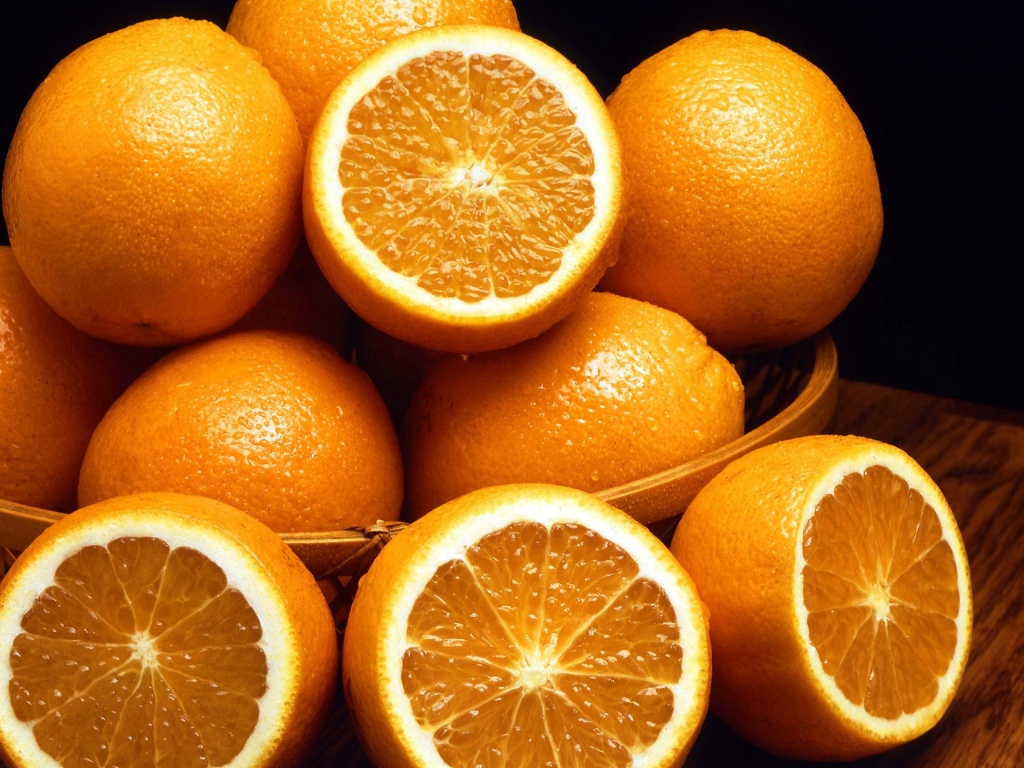Module 3 - Part 3: Color
Orange
Anthony Kalaskas
June 25, 2012
Color Meaning

- It is a polarizing color. It's hot healthy, fruity, and engaging. However, it is also
abrasive and crass.
- It is the only color whose name was taken from an object, the fruit known as the "orange."
- Nature: it is the color of sunsets, fire, vegetables, flowers, fish,
and many citrus fruits.
- Contemporary world: it is the color of marmalade, Halloween, traffic cones, life rafts,
cheetos, and Halloween.
- Symbolism: energy, vitality, cheer, excitement, adventure, warmth, and good health.
On the other hand, pure orange may symbolize a lack of serious intellectual values and bad taste.
- History: it was a "groovy color" in the 1970s, but then lost its appeal. In 1991, Forbes
Magazine noted how consumers considered the color orange to be a good value at a low price.
- Shades of orange (from darker to lighter): terracotta, persimmon, pumpkin, mango, salmon,
melon. Darker oranges indicate a sense of comfort, whereas lighter oranges are soothing and healthy.
- Orange represents enthusiasm, fascination, happiness, creativity, determination, attraction, success,
encouragement, and stimulation.
- In heraldry, orange is symbolic of strength and endurance.

Global Meanings of Orange
- Orange evokes the taste of healthy fruits, bursting with juice.
- Orange is associated with vitamin C and good health.
- Orange is symbolic of autumn.
- Children all over the world are drawn to orange.
- Orange is the color of life rafts, hazard cones, and high visibility police vests.
Unique Meanings of Orange in Different Cultues
- Orange is both the name and emblematic color of the royal family.
- Orange is the color of prison uniforms in the U.S.
- Orange (saffron) is a sacred and auspicious color in Hinduism.
- The middle traffic light is orange in France.
- In the U.K., orange stands for the Northern Irish Protestants and has very strong religious and political significance.

Color Perception
- Orange combines the energy of red and the happiness of yellow.
- It is associated with joy, sunshine, and the tropics.
- It is a very hot color, so it gives the sensation of heat
- Orange increases oxygen supply to the brain, produces an invigorating effect, and
stimulates mental activity.
- Many young people accept the color orange.
- It is associated with healthy food and stimulates appetite.
- It is the color of the autumn season and harvest.
- It has very high visibility, so it draws attention and highlights the most important elements of one's design.
- It is very effective for promoting food products and toys.
Gradations of Orange
- Dark orange: deceit, distrust, over-confidence, opportunism, and over-ambition.
- Red-orange: desire, sexual passion, pleasure, domination, aggression, and thirst for action.
- Golden orange: prestige, illumination, wisdom, wealth, vitality, self-control, and high quality.
- Peach: great communication and conversation and good manners.
- Amber: inspires great confidence and better self esteem, but can promote a degree of arrogance.
- Burnt Orange: pride, tension, and aggressive self-assertion.

Color Psychology
- Orange conveys our "gut reaction" or "gut instincts."
- Orange offers emotional strength in difficult times. It helps us bounce back from disappointments
and despair.
- It is optimistic and uplifting, and rejuvenates peoples' spirits.
- Orange relates to adventure and risk-taking, inspiring physical confidence, competition and independence.
- Orange is extroverted and uninhibited (e.g. showing-off).
- Orange relates to social communication. Since it is a warm and inviting color, it is both physically
and mentally stimulating.
- Orange is stimulating to the appetite. In fact, many restaurants use pastel versions of orange, such as
apricot or peach for their décor in order to promote conversation and appetite.
- Orange aids in the assimilation of new ideas and frees the spirit of its limitations, giving us the freedom to be ourselves.
- Orange encourages self-respect and respect of others.
- Many young people respond well to the color orange since it has a degree of youthful impulsiveness.
Positive and Negative Traits of the Color Orange
- Positive: sociable, optimistic, enthusiastic, cheerful, self-confident, independent,
flamboyant, extroverted and uninhibited, adventurous, the risk-taker, creative flair, warm-hearted, agreeable and informal.
- Negative: superficial and insincere, dependent, over-bearing, self-indulgent, the exhibitionist,
pessimistic, inexpensive, unsociable, and overly proud.

Works Consulted
- Color Matters
- Color Wheel Pro
- empower-yourself-with-color-psychology.com
For Module 3 - Part 1, please click here.
For Module 3 - Part 2, please click here.
Return to Anthony's Web Project Index




